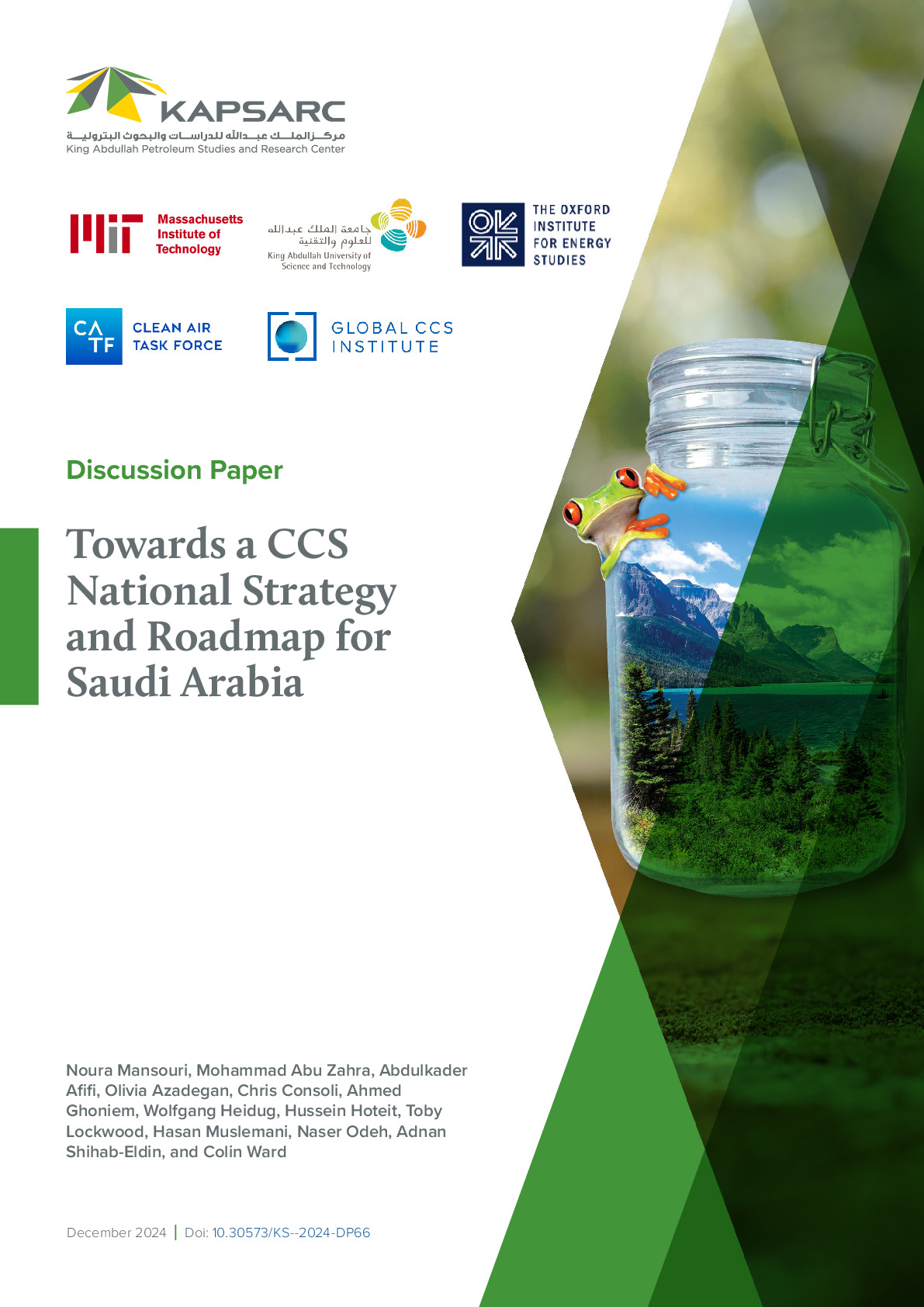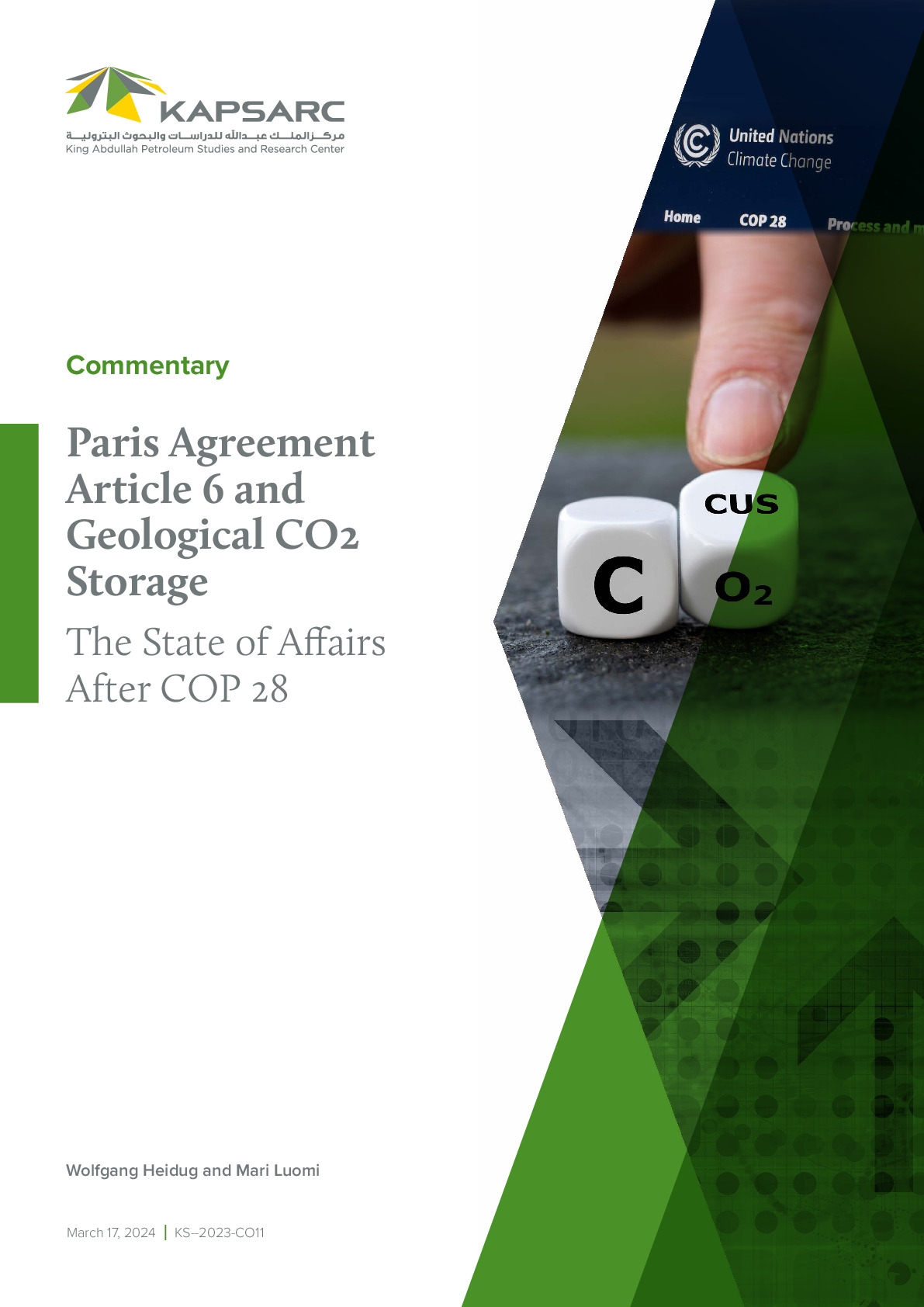To have a >50% chance of limiting warming below 2 °C, most recent scenarios from integrated assessment models (IAMs) require large-scale deployment of negative emissions technologies (NETs). These are technologies that result in the net removal of greenhouse gases from the atmosphere. We quantify potential global impacts of the different NETs on various factors (such as land, greenhouse gas emissions, water, albedo, nutrients and energy) to determine the biophysical limits to, and economic costs of, their widespread application. Resource implications vary between technologies and need to be satisfactorily addressed if NETs are to have a significant role in achieving climate goals. © 2015 Macmillan Publishers Limited.

Visiting Researcher- Climate & Sustainability
Wolfgang Heidug is an expert in low-carbon energy technology policy, with a specialized focus on the science and technology of…
Wolfgang Heidug is an expert in low-carbon energy technology policy, with a specialized focus on the science and technology of carbon capture and storage (CCS). He currently serves as a Visiting Researcher at KAPSARC, having previously been a Senior Research Fellow there from 2015 to 2020. Before joining KAPSARC, Wolfgang was a Senior Adviser at the International Energy Agency (IEA) in Paris, where he contributed to policies related to CCS. Wolfgang’s career spans over two decades with the upstream sector of Shell International in The Hague, where he held various roles, including General Manager for CO2 Policy. He holds a Ph.D. in Engineering from Brown University, along with M.A. degrees in Physics and Economics from German universities.
Expertise
- Low-carbon technology incentives and regulatios
- Climate change policy
- Carbon capture and storage
Publications See all Wolfgang Heidug’s publications

Towards a CCS National Strategy and Roadmap for Saudi Arabia
To have a >50% chance of limiting warming below 2 °C, most recent scenarios from…
9th December 2024
Paris Agreement Article 6 and Geological CO2 Storage: The State of Affairs After COP 28
To have a >50% chance of limiting warming below 2 °C, most recent scenarios from…
17th March 2024